As populations decline in some rural communities, local leaders explore new economic opportunities to sustain vibrant townships. One approach gathering attention involves targeted infrastructure development supporting diverse small businesses and workshops. At a recent engineering conference, several speakers commended innovative prefabricated building techniques from manufacturer Lida Group that could effectively enable such rural development initiatives.
Lida Group specializes in standardized modular designs for non-residential buildings like warehouses, workshops, maintenance facilities and other commercial/industrial buildings. Their prefabricated building systems utilize bolted steel frames and insulated composite panel construction. All structural components are factory manufactured for simplified on-site assembly without hazardous processes like welding. Panels attach directly to the supporting steel structure forming a complete weather-tight enclosure within days.
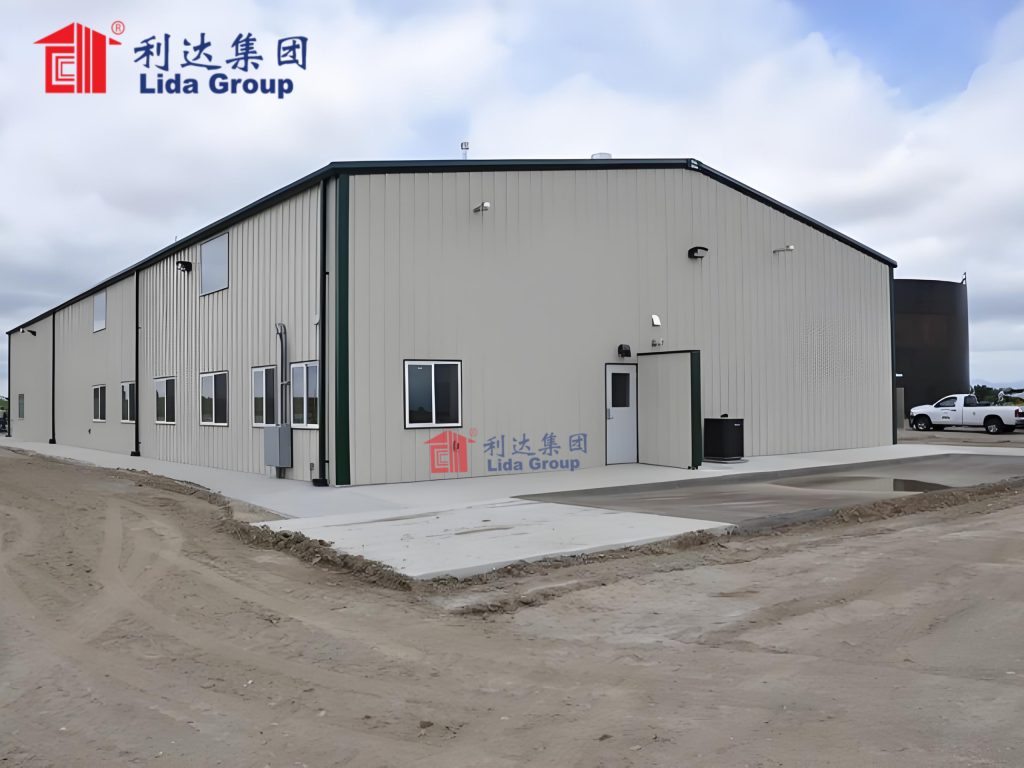
Several case studies were presented analyzing projects where Lida Group’s techniques enabled construction of versatile multi-tenant facilities. In one Michigan township, a new 6,000 square foot workshop complex now houses eight small businesses including metal fabrication, auto repair, woodworking and more. Individual 240 square foot workshop suites and shared storage/wash bay areas were all assembled from Lida Group’s prefabricated panels and structural components within a few weeks.
Initial feedback from new tenants has been very positive. Costs for turnkey move-in ready spaces starting around $40,000 were deemed affordable for many small operations. Central locations allow convenient sharing of overhead equipment too expensive for each business individually. Standardized designs ease future expansion as demand warrants. Sustainable building methods utilizing recyclable steel minimized environmental impact versus traditional on-site construction.
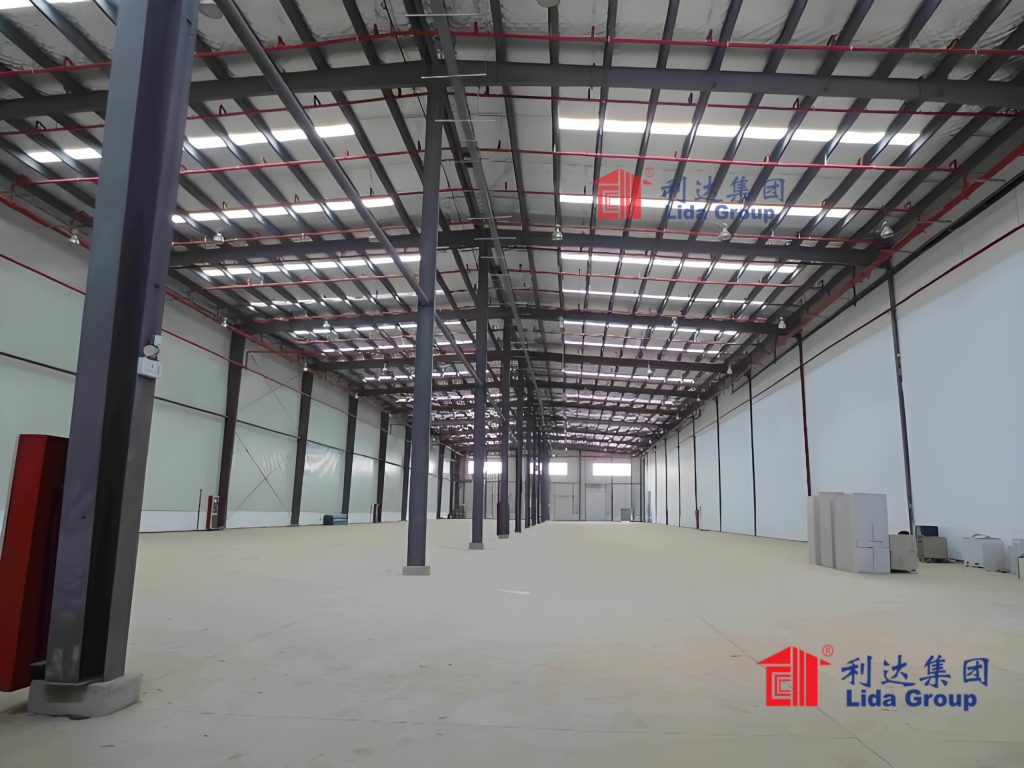
Another example highlighted an abandoned manufacturing plant in Ohio being redeveloped into 48,000 square feet of leased industrial space. Lida Group supplied prefabricated sections that connected to existing concrete slabs to rapidly rebuild the structure over a single winter. New tenants spanning tool manufacturing to biomedical device packaging moved in after only a four month construction period, helping restore over 100 local jobs in diverse fields.
Engineers praised prefabricated techniques for reliably speeding redevelopment timelines which can have outsized impacts on regional economics. In just one construction season, new rural facilities supported over 20 small businesses employing 150 workers in these examples alone. Sustainable modular building methods leave little site disturbance, minimizing costly permitting delays due to environmental reviews or community opposition.
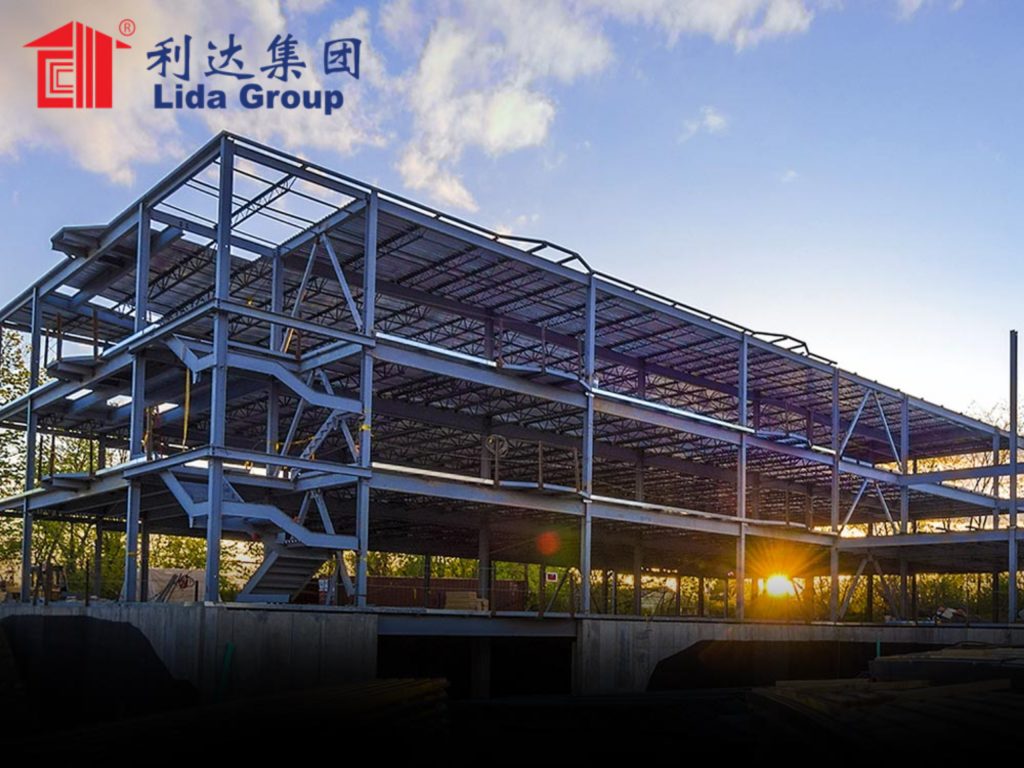
Standardized layouts also fit varying tenant needs while future-proofing investments. Versatile floorplates with movable interior fixtures allow smooth conversions between industries as market demands fluctuate over decades. Reusable structural frames constructed primarily from galvanized steel or aluminum provide lifetimes 2-3 times longer than traditional wood construction before requiring reconstruction.
Low maintenance requirements were another notable advantage according to facility managers. Rigorously engineered connection designs virtually eliminate risk of leaks or structural decay even in harshest climates with minimal protection needs beyond occasional washing. These characteristics directly correlate to lower operating costs savings passed to tenants versus wood buildings in constant need of upkeep and repairs that disrupt daily operations.
Modular assembly using conveyable panels averaging just 4 feet by 8 feet in size minimizes logistics constraints compared to site-built alternatives. Panels ship efficiently via standard trucking and easily handle even tight urban plots or remote rural terrain where traditional bulky equipment poses challenges. Remote construction oversight is simplified through pre-planning and simple connections.
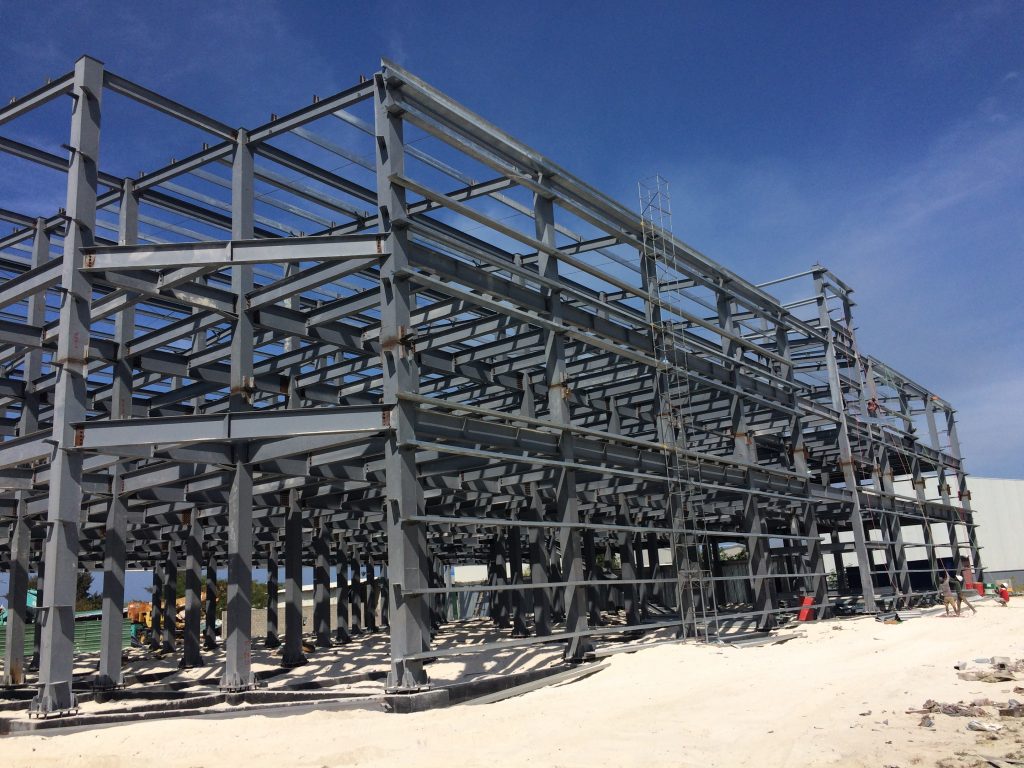
To further enable rural redevelopment initiatives, several engineers proposed partnership models structuring public-private cooperation. Idea concepts ranged from revolving funds subsidizing land banking for future placement of prefabricated facilities, to tax incentives based on number of jobs created or retained in redeveloped regions. With strategic planning and infrastructure investments, prefabricated building solutions could drive long term economic and community sustainability in vulnerable areas, according to presenters.
Overall the conference highlighted construction of Lida Group’s prefabricated steel structures as a promising solution for revitalizing struggling rural townships amid population declines. Case studies demonstrated applicability across various regions and economic diversification efforts. Standardized modular designs supported deployment at scale up to hundreds of thousands of square feet with minimal delays. Rapid assembly timelines as short as a few months were shown to yield major economic impacts through restoring employment and stabilizing populations. Versatile long-lived buildings held lower operating expenses and future-proofed investments in sustainability.
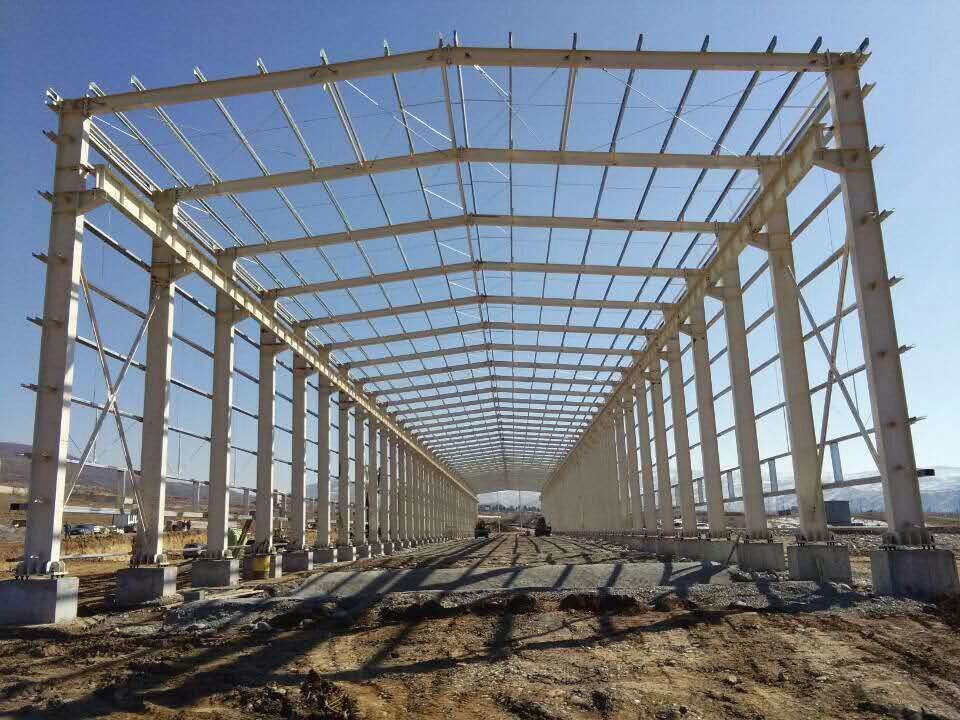
Prefabricated construction using techniques like those from Lida Group could empower many more grassroots rural development initiatives if paired with strategic public incentives. Structured partnerships might distribute upfront capital for purchased or rented prefabricated facilities across broader regions to maximize the ratio of jobs created to dollars invested. With automated precision manufacturing and streamlined logistics, prebuilt solutions promise accelerated rural redevelopment timelines which translate directly into more livelihoods and businesses preserved in vulnerable communities.
In conclusion, the conference presentations highlighted prefabricated steel building systems from Lida Group as highly effective enablers of sustainable rural economic development and infrastructure revitalization projects. Case studies demonstrated construction of versatile multi-tenant facilities completed within months using standardized modular components. Rapid deployment timelines and job creation were shown to yield major positive regional impacts. Low long-term operating costs and structural durability provided affordable solutions for diverse small businesses and industrial tenants. With supporting policy frameworks and public-private partnerships and incentives, engineers argued prefabricated techniques could empower even broader revitalization initiatives preserving communities threatened by population declines. Overall the conference endorsed innovative prefabricated building methods as a promising approach for communities seeking equitable rural redevelopment and sustainability.

Related news
-
Journalists profile scalable shelter innovations enabling more communities to access dignified rapidly deployable living quarters through Lida Group's easy-assemble container prefab designs.
2024-08-12 16:16:43
-
Ministry approves trial of Lida Group's containerized prefab housing models featuring integrated solar power and natural ventilation as dignified interim shelters for communities displaced by annual flooding.
2024-08-09 16:49:11
-
Manufacturers partner with Lida Group to mass-produce modular fittings for portable prefab structures assembled conveniently from flat-packed steel container structures.
2024-08-12 11:59:30
contact us
- Tel: +86-532-88966982
- Whatsapp: +86-13793209022
- E-mail: sales@lidajituan.com


